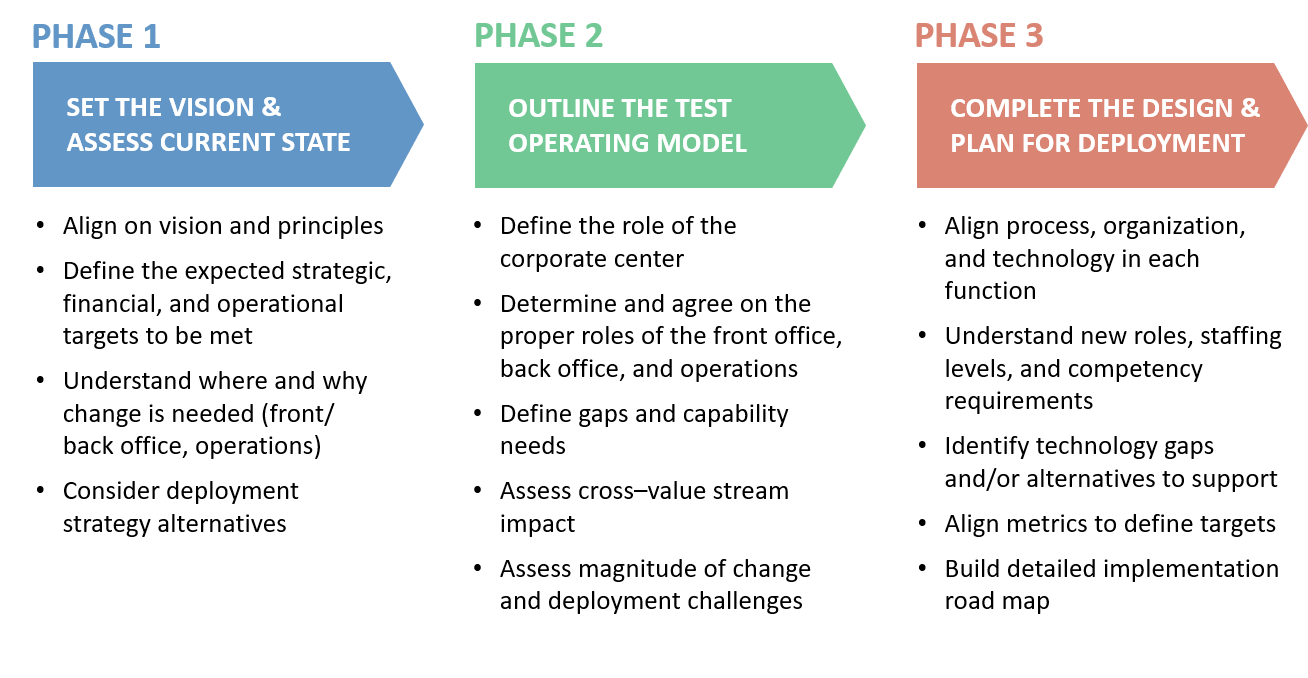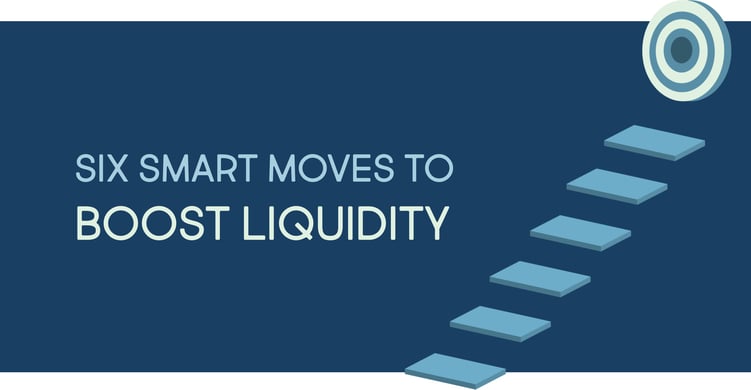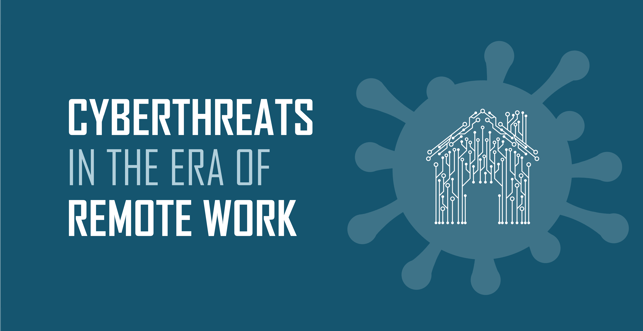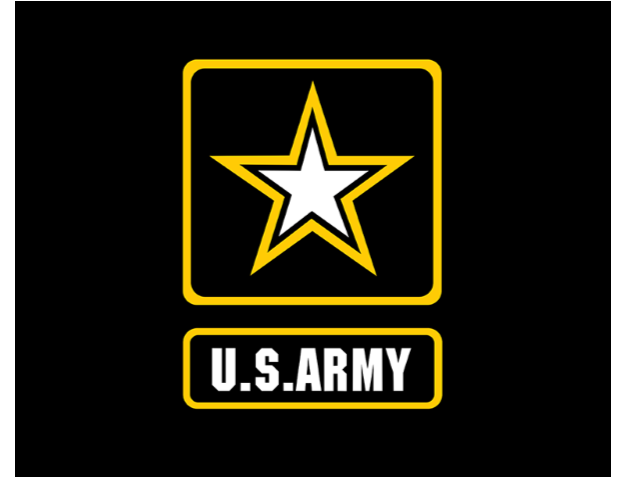- Expertise
- Private Equity Services
- Business Transformation
- Growth Strategy
- Technology Strategy
- Cost Reduction
- Customer & Product Profitability
- Product Portfolio Optimization
- Operating Model Redesign
- Operational Excellence
- Cybersecurity
- Management System
- Culture Measurement & Change
- Human & Org. Performance
- Commercial Excellence
- Insights
- Complexity
- Books
- Case Studies
- Cost reduction for a consumer durables co.
- Transforming go-to-market for a construction materials co.
- Organization sizing for a supply chain org.
- Proposal process overhaul for a global CRO.
- Revitalizing culture in the US Army
- Strategic capital deployment for global manufacturer
- Post-merger integration for a healthcare company
- Performance management in the US military
- Improving safety at a US refinery
- Leadership engagement at a manufacturer
- Workforce transformation toolkit: govt. org.
- Workforce transformation training: military
- Growth strategy for a steel fabricator
- Unlocking growth at a staffing services company
- Operating rules for a logistics org.
- Standardizing cost centers for a government organization
- Supply chain optimization for a Supply chain optimization for a U.S. government org.
- Optimizing production at a manufacturer
- Growth strategy for a major media company
- Growth opportunities for construction services
- Go-to-market strategy for a drilling co.
- Go-to-market strategy for a mining co.
- Growth strategy for a financial services org.
- Portfolio optimization at a European food company
- Client profitability for a sales and marketing company
- Complexity assessment at a powersports vehicle co
- Fast rollout for an integrated oil co.
- Transformation for a global energy company
- Changing portfolio management at a cosmetics company
- Finding portfolio opportunities at consumer durables co.
- Portfolio optimization at a bottler
- Portfolio reshaping at an industrial equipment co.
- Optimizing capital and capacity for a bottler
- Finance model transformation for a professional services co.
- Operating model redesign for a manufacturer
- Restructuring for growth at tech co.
- Working group effectiveness: logistics org.
- Employee assignments at a govt. org.
- Complexity costing for a major beverage company
- Drilling company reduces costs to regain profitability
- Battling proliferation at industrial equipment co.
- Technology strategy for a government supply chain org.
- Operational excellence at an ABA therapy provider
- Operating model redesign for a mental health provider
- Technology strategy for a staffing co.
- ERP modernization for the US Army
- Technology strategy for a financial institution
- Data management strategy for the US military
- Lowering costs for an environmental services company
- Cost reduction at a government organization
- Library
- Executive Webinars
- Latest Insights
- Yardstyck Culture Tool
- Global Markets Complexity Index
- Cybersecurity Complexity Report
- About
- Careers
- Contact
- Start the Conversation

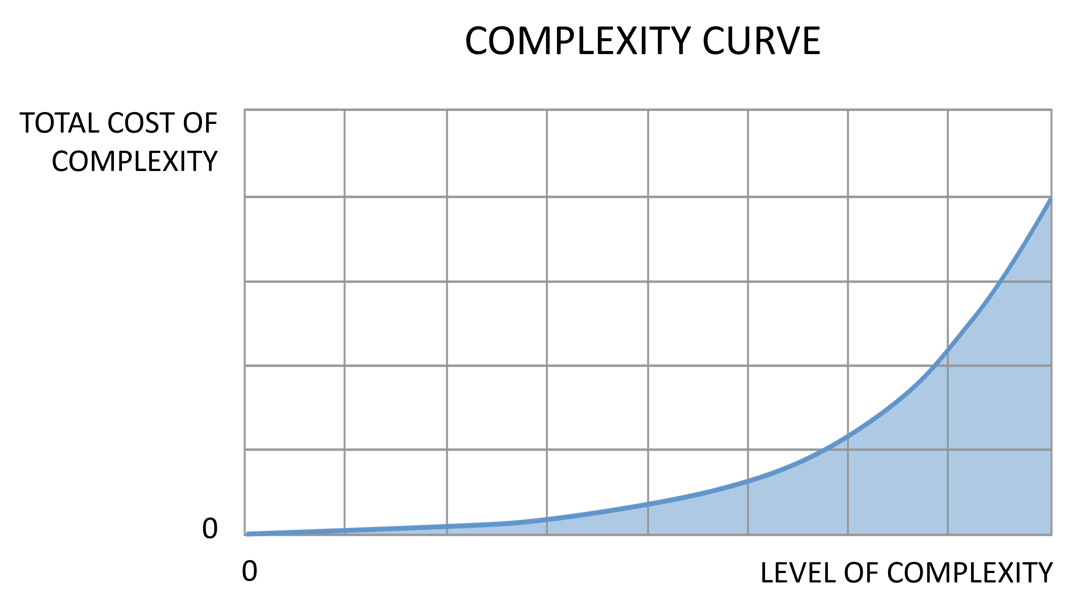
.png?width=1651&height=989&name=Product%20Portfolio%20Optimization%20(PPO2).png)
